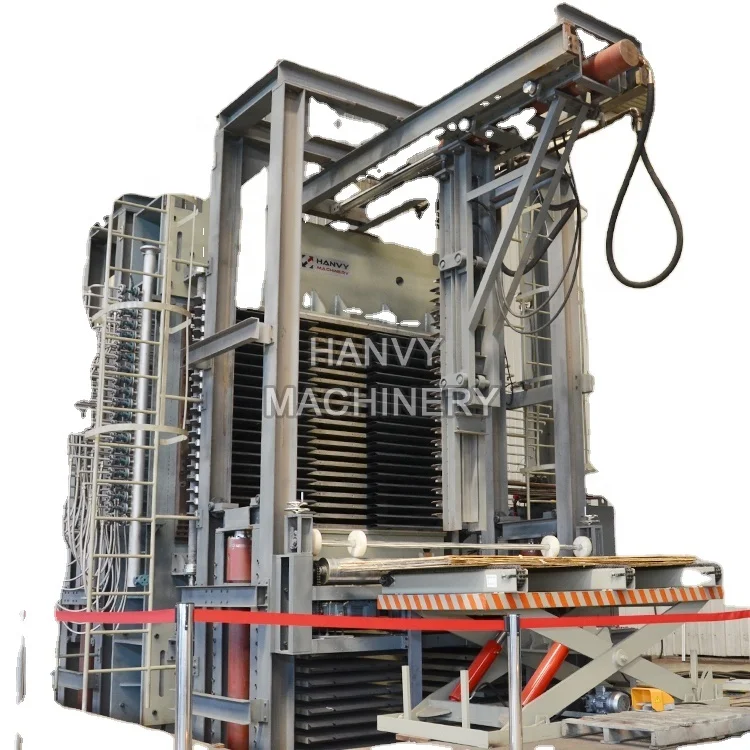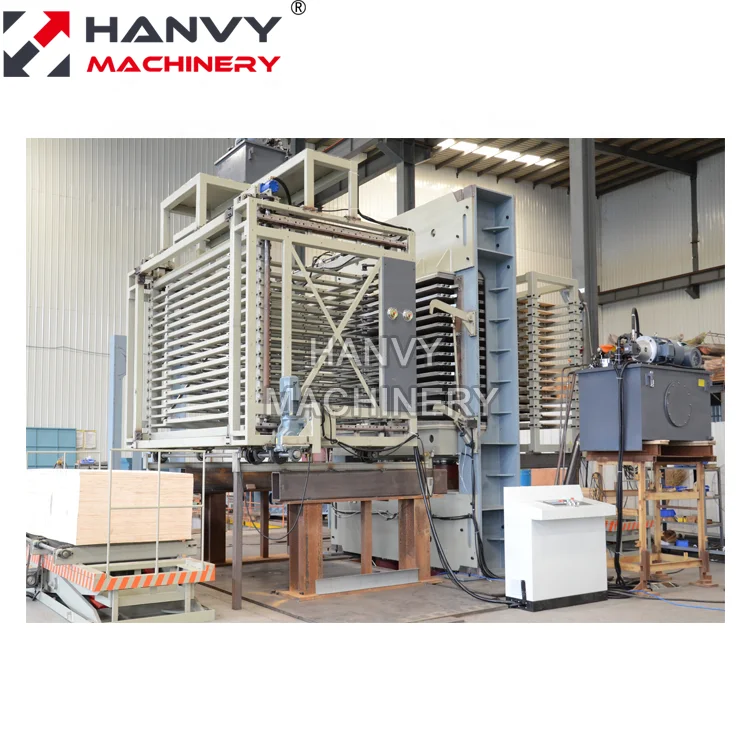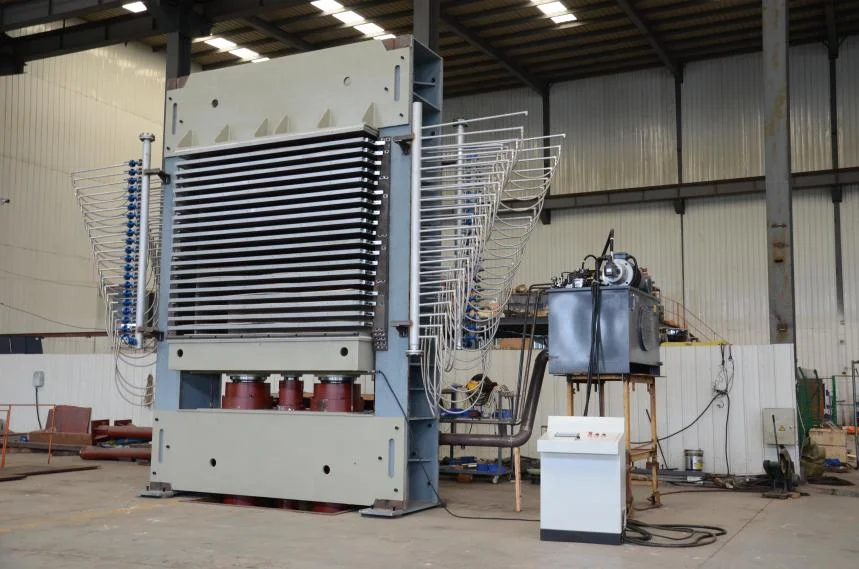It is made from wood, but it's not your everyday lumber. It has a special name (plywood) and its created by gluing thin layers of native woods together to form slabs called Veneers. In turn, these layers are hot pressed with each other in a way that ultimately make the plywood very strong and solid. Plywood It is probably the most common woodworking material we can see in everyday life, such as furniture (tables and chairs), flooring in homes or even walls and roofing of a building. 1…IUseometimes it may just be one sheet I…and sometimes not but whatever parcel, plywood becomes more objects to use instead! If we do that, plywood get strength and has long life so it is mandatory to join all these layers tightly which shall be press forcefully. This process is done with a machine we call plywood press, which effectively helps the piles of wood to be pressed together.
Line Up the Wood: Begin by aligning all of your wood layers so they point in the same direction. This means the grain of wood, which is its pattern, all needs to be going in one direction. The plies are arranged in a way that allows the plywood to be strong and not to break easily.
Even Pressure: The next thing that is very important to do since the force of pressure applies evenly in all parts of plywood. The whole point of punching through the wood is to then make it weaker all over, so that if some areas get too much pressure and others not enough, well now you have weak spots. This, of course makes it very important to check and have balanced tires.
Monitoring Room Temp & Humidity: All last, yet not the least; you need to note room temperature and stickiness at where you're squeezing plywood. Keep it at the right temperature and moisture levels Too hot or too cold, and if the temperature is out of whack it might also be an issue as well a high humidity situation has impact on how good plywood comes out. This, in turn helps to create high-grade plywood.

Plywood production being a great choice for making plywood, there are numerous benefits of using it that one is able to take care by working on an efficient manner with their press. Some of the biggest benefits that make plywood press an automatic choice for people-

The physics of plywood pressing is the most delightful phenomenon to be observed. The glue that holds the wooden layers together is triggered as we compress wood. It is this glue that helps both of the layers bond snugly and form a rigid structure. The pressure also forces any air between the layers to escape. Since trapped air can be a hot bed of (well) weak spots. The reason that pressing plywood is so beneficial to prossed plywood quality is because the smooth and even surface which we vigorous take the air out; They then glue these layers together under high temperature and high pressure bonds them into Strong, Durable sheet of plywood which is ready for use.

Whenever you experience problems, such as uneven pressure or leaks on your press, it is urgent to seek help from those who understand what they do best. The dangers of trying to “do it yourself” are very real, and may come only if you do not have the right knowledge; fixing one thing can cause another problem.